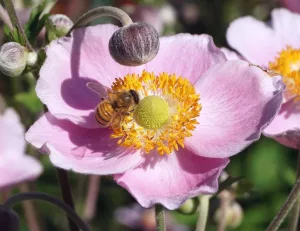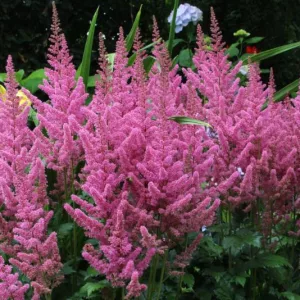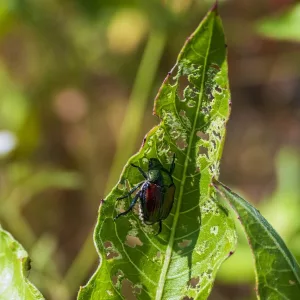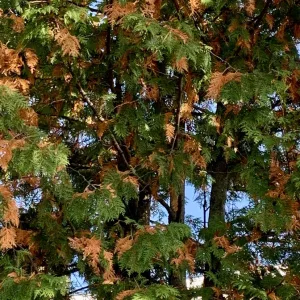Summary
Gardening expert and columnist, Susan Richards, shares information about perennials and annual flowers that will feed the bees and other pollinating insects!
Yesterday as I watered and fertilized my annual planters, I was thinking about an article topic for this week. One thing I did notice again was the buzzing of industrious bees. I have done articles previously about planting to attract pollinators to the garden. It is a topic that comes up often as so much of the food we eat is dependant on pollination. That happens as bees and other pollinating insects foraging for nectar, traveling from flower to flower. A poor harvest can often be traced back to a lack of adequate pollination.
Years ago, when I planned and planted my gardens, attracting pollinator insects wasn’t really on my radar. I chose shrubs and perennials based on conditions in each area and favourite plants that appealed to me. I did try to have a variety of plants for blooms at different times throughout the growing season so I would have something flowering at all times. Now I am very pleased to see that so many of the plants I chose do feed the bees, butterflies, and hummingbirds.
Once the day warmed up, a great many bees where buzzing in and out of the Paniculata type hydrangea flowers. I have never really thought of that shrub as being a big attractor to bees and other pollinators, but it sure is! I have Limelight, Strawberry Vanilla, and Phantom in my gardens.
Most of the annuals I have planted in containers, in various spots amongst my vegetables and as a garden border supply food for pollinators too. This year near the veggies I focused on marigolds and zinnias. In pots I always plant ‘Vermillionaire’, Dipladenia and salvia for the hummingbirds; lantana for butterflies and a variety of other annuals for the bees. This season I tried a new variety of Scaevola called ‘Scalora Top poT White’. I am really impressed with how well it blooms and bonus: the bees love it too! It will definitely go on my list for annual planting for next year.
In the perennial gardens pollinators are visiting the last few of my lily and astilbe flowers, tall pink summer phlox, bright yellow heliopsis flowers and bright orange Crocosmia blooms on ‘Emily Mckenzie’. You may have seen the deep scarlet flowers of the taller type of ‘Lucifer’ Crocosmia blooming around town. It is a favourite of hummingbirds. Every year in late summer I get people asking me the name of that flower. Crocosmia is a hardy perennial bulb that is planted in spring.
This is also the time of year that many of the perennial sedum varieties I have planted begin to bloom. The bees and butterflies love those flowers too. I have low border types that spill out at the edge of gardens. Those varieties bloom mid to late summer. Once they are done flowering, the taller Autumn sedums take over and bloom right through to October. Pollinators love them all!
If you are looking for a few plants to add to your perennial garden that have later summer and fall flowers to keep bees and butterflies well fed, there are many varieties other than Sedum. One is the perennial anemone. My ‘September Charm’ Anemone is already in bloom. Yesterday, the bees were all over those flowers too. The white ‘Whirlwind’ Anemone I have is only in bud right now, so flowers will be there later on when pollinators are foraging for food. I also planted a new one called ‘Frilly Knickers’. I most likely won’t see flowers this season but next year look forward to double white flowers that will have lavender petal edges. This variety will be shorter than ‘Whirlwind’ or ‘September Charm’. Another late summer bloomers are Rudbeckia daisies, asters and cimicifuga.
Fall mums are also great for freshening up colour in pots and gardens and the pollinators will visit those flowers too. They are one of the last garden flowers to attract butterflies.
As an aside, I had someone ask if the fall mums are hardy perennials. Most sold are not hardy in our area, but I always feel that if you plant them in the garden, it is always worth leaving them in to see if they return the next season. Some varieties are hardier than others, but unfortunately growers rarely identify the mums by name.




